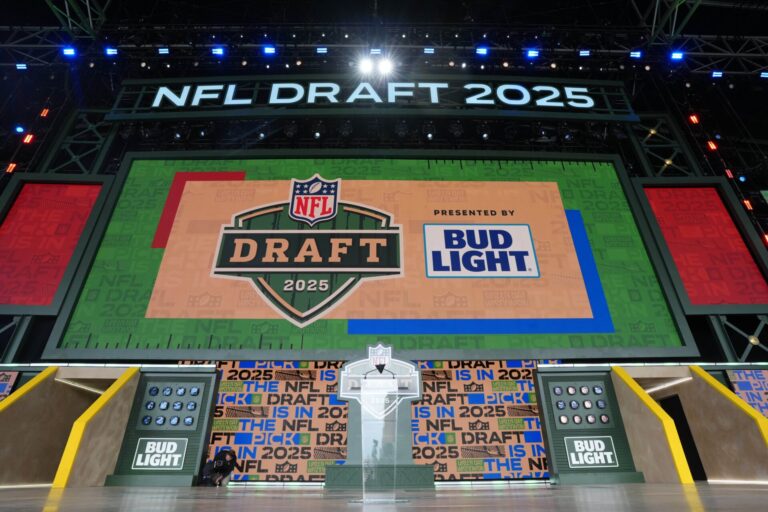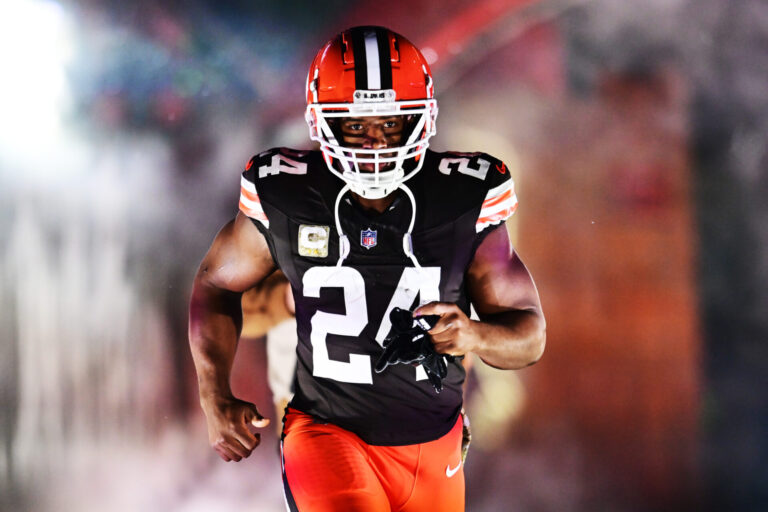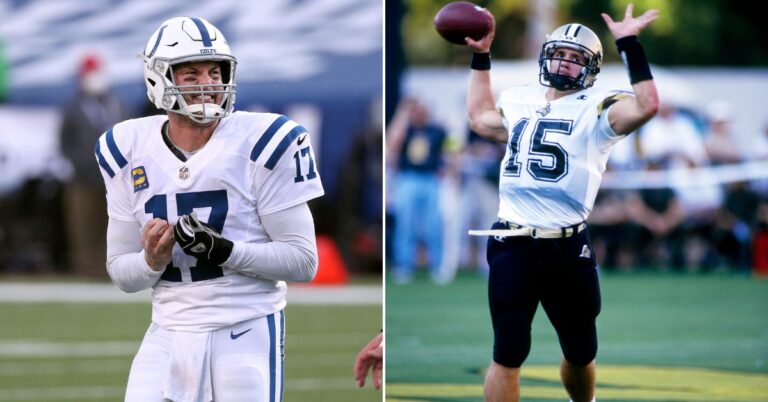NFL’s Competition Committee Targets Hip-Drop Tackles, Fourth-Quarter Kickoffs
In the ever-evolving landscape of the NFL, where the clash of titans isn’t just about brawn but also brains, a new development has caught the attention of fans and players alike. The NFL and its competition committee are fine-tuning the game’s rules, this time putting the spotlight on a move known as the hip-drop tackle. If you’re scratching your head wondering, “What exactly is that?” you’re not alone. This move, often seen but not named, is under scrutiny for its potential risk to players, showing that the league is continuously striving for safety without sacrificing the thrill of the game.
Diving deeper, the proposed change isn’t just about penalizing the hip-drop tackle with a 15-yard flag; it’s part of a trio of rule amendments aimed at refining the sport. Among these, the adjustments to fourth-quarter kickoffs and attempted onside kicks are particularly noteworthy. These changes signal a broader effort to make the final moments of the game not just safer, but also more dynamic and unpredictable. It’s like adding a new set of chess pieces to the board right when the game is at its most critical juncture, promising to shake up strategies and keep fans on the edge of their seats.
Transitioning smoothly into the implications of these proposals, it’s clear that the NFL is walking a tightrope. On one hand, there’s the unyielding pursuit of player safety, a commendable and necessary evolution in a sport known for its physical intensity. On the other hand, there’s the eternal quest to maintain, if not enhance, the spectacle that is American football. Balancing these two aspects is no small feat, akin to a quarterback navigating a relentless defense to find the perfect opening for a game-winning throw.
The proposal to flag the hip-drop tackle is particularly emblematic of this balance. By defining and penalizing a move considered dangerous, the league is sending a strong message about its commitment to player welfare. However, it also challenges players and coaches to adapt, to rethink their approach to tackling and defense. This isn’t just about changing a rule; it’s about evolving the very fabric of the game, encouraging innovation and foresight in equal measure.
As we anticipate the outcomes of these proposed rule changes, it’s impossible not to reflect on the broader themes at play here. The NFL’s actions underscore a larger narrative about adaptation and progress in sports. How do we preserve the essence of the game while embracing change? How do we ensure that the thrill of victory and the agony of defeat are framed within a context of fairness and safety?
In wrapping up this exploration, the discussion around the hip-drop tackle and its companions opens up a wider conversation about the future of the NFL. It’s a reminder that the league is more than just a collection of teams vying for supremacy; it’s a living, breathing entity, constantly evolving in response to its environment. As fans, players, and stewards of the game contemplate these changes, one can’t help but wonder: What other evolutions await us on the horizon of this beloved sport?








